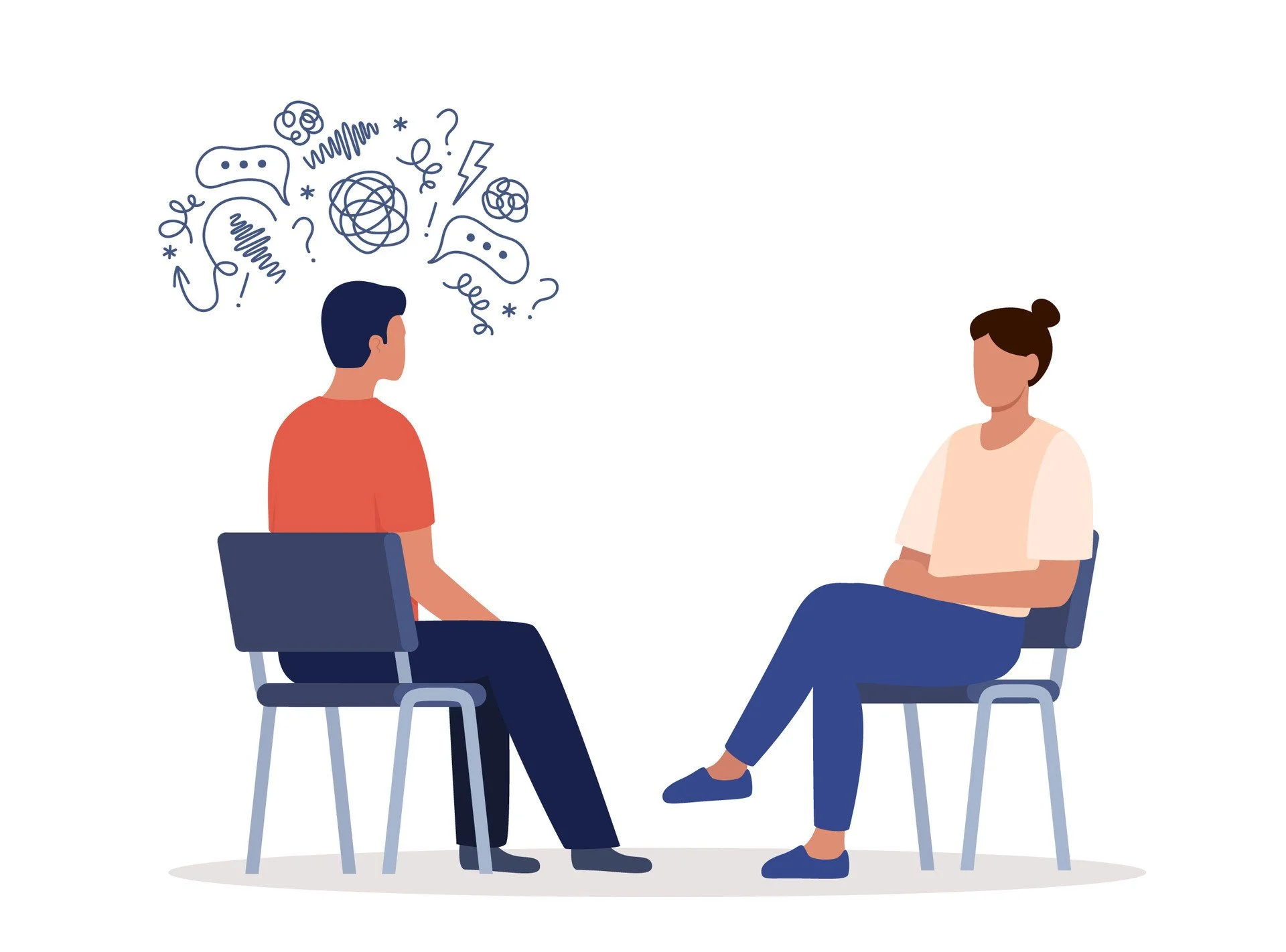Step 3:
Reaching Out
How to ask for help
There is no shame in asking for help. Nobody should be going through their journey alone. It can help to talk about it with someone, whether it’s someone close you trust, or a professional that can offer you help and support. Start by thinking of what you want: do you need advice? do you need love and support? or do you just want someone to listen? Then go from there.
-

Talking to someone you trust
Make a list of people in your life that you trust, family members, friends, significant others, or teachers/mentors. Trusting someone with your feelings and thoughts may feel scary, so start with sharing something small and see how it feels. Make sure that when you start the conversation, you have their full attention so they can offer you the best help. Some good conversation starters include “I have been feeling…” “I just wanted to let you know…” or “I’ve been experiencing…”
-

Hotlines and Warmlines
Sometimes you may not have that trusted person in your life to confide in, and that’s ok. There are many hotlines and warmlines that are completely confidential that you can call to get the proper response and help. The difference between the two is that warmlines provide emotional support that can prevent a crisis, while hotlines are used when a mental health crisis poses immediate risk to a caller.
Suicide and Crisis Lifeline - call or text 988 - if you are in suicidal crisis or emotional distress
SAMHSA’s National Helpline - 1-800-662-4357 - for those facing mental and/or substance use disorders
National Alliance on Mental Illness Warmline - 1-800-950-6264 - offers peer-support regarding mental health
-

Therapy
Therapy is a form of treatment that can help relieve emotional distress and mental health problems. These are trained professionals that will help you and guide you through your journey. Most people, regardless of the severity of challenges, can benefit from the guidance. Look to your healthcare provider and local area to see the therapy options that are offered in your area.
Don’t be afraid or embarrassed to reach out, these services are here for you and will work with you through your journey.

